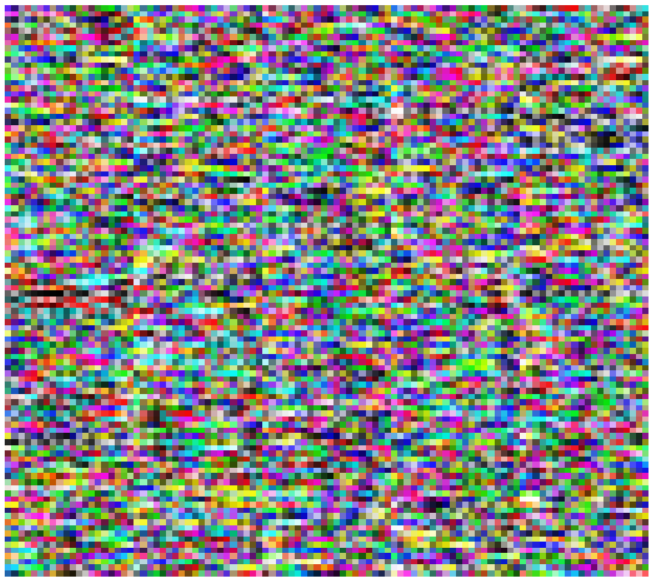A simple and scaleable Self Organizing Map implementation written in VHDL. Tested on ARTYA7-35T board.
- Any number of data entries via serial interface. (Limit is set to 254 but can be changed)
- Results output via serial interface.
- Flexible iteration and specification counts and map sizes.
- Non-repetitive psudo random map generation with Attiny85 extention.
- Test button to get output before training.
You can use Pre-Generated Bitstreams, which are avalible in releases or can generate from source.
! To generate random map to start, you have to connect a 6 bit random bit generator to JA pins. You can use an Attiny85 or an Arduino for this. The necesary codes are in /Tools/RandomInit_attiny85 folder.
To make sure random map generation works fine, uncomment the commented lines on getMap.py and press BTN1 while running the code. Random output looks something like that:

To train inputs from CSV files, you can use the Python code in /Tools/getMap.py It reads the output from Train.csv and writes outputs to map.csv.
For visualization, I used the idea from Isidroc SOMcpp Project Using his R script, you can easily visualize the generated map. You can find the script in /Tools/PlotColorMartix.R

| WNS | WHS |
|---|---|
| 0,21 | 0,04 |
| LUT | FF | BRAM | DSP | I/O | BUFG |
|---|---|---|---|---|---|
| 19,36 | 18,14 | 34,00 | 6,67 | 8,57 | 3,13 |
- Divide map into smaller parts to do parallel processing.





